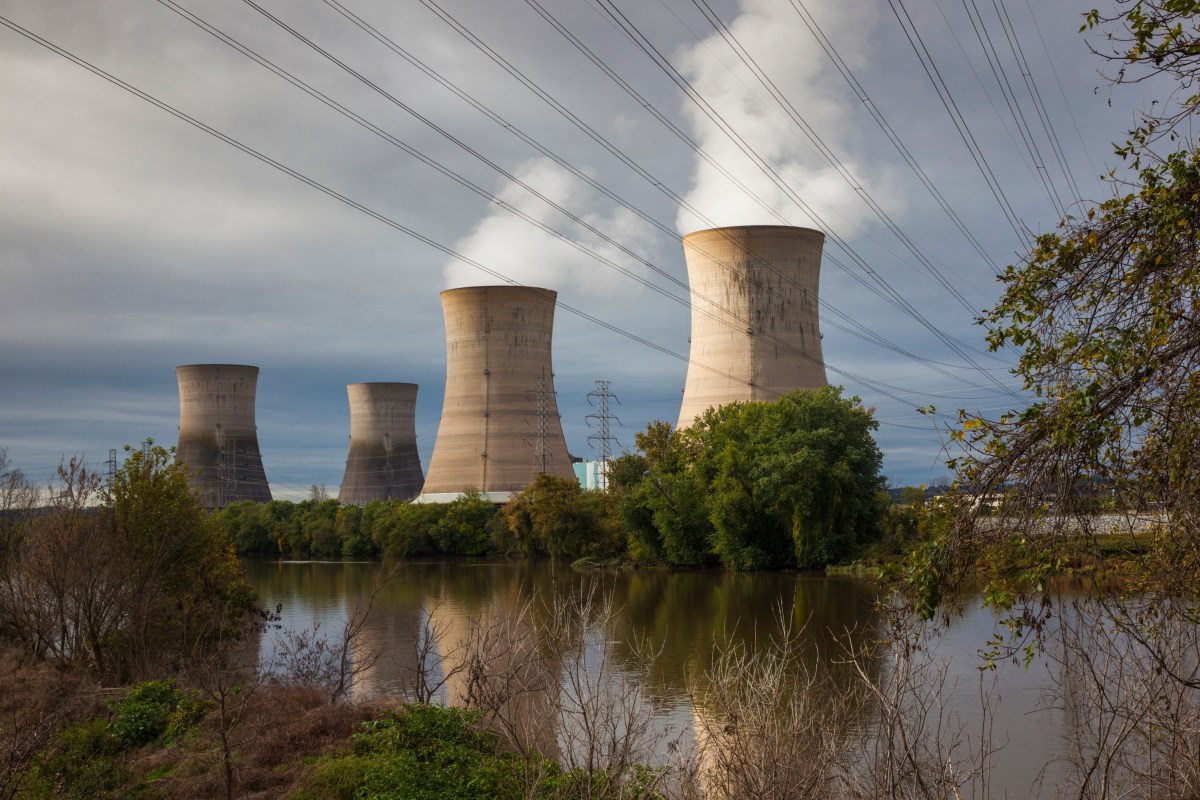Standard Nuclear emerged from stealth Wednesday with $42 million in funding to make advanced nuclear fuel.
Except Standard Nuclear isn’t an entirely new company. Rather, it’s built on assets purchased at auction following the bankruptcy of the Ultra Safe Nuclear Corporation (USNC) for $28 million. The new company’s CEO, Kurt Terrani, served as vice president at USNC.
The funding round was led by Decisive Point with participation from Andreessen Horowitz, Crucible Capital, Fundomo, and Washington Harbour Partners.
Standard Nuclear says it has $100 million in non-binding fuel sales for 2027, and that it is working with customers including Nano Nuclear Energy, which acquired other USNC assets in the bankruptcy auction, and Radiant Industries, another Decisive Point portfolio company. In a statement to TechCrunch, Standard Nuclear acknowledged the bankruptcy purchase, saying that it “accelerated the launch” of its timeline.
USNC had been working to commercialize a type of nuclear fuel known as TRISO, which is a uranium fuel pellet coated in layers of carbon- and ceramic-based materials. The poppy seed-sized particles are considered to be more resistant to melting down, and they can be loaded into larger spheres or cylinders.
TRISO is an old idea — it’s been around since the 1950s — though the fuel isn’t widely used today. That may change as several startups, including Google-backed Kairos and Amazon-backed X-energy, are planning to use TRISO in their reactors.
Though USNC was founded on a relatively well-known technology, the company’s path was tumultuous.
USNC was substantially funded by one investor, Richard Hollis Helms and his family, who over the years had plowed $100 million into the USNC along with $24.7 million in loans. For what was effectively a single-investor startup, the company had a sprawling business model, developing not just TRISO nuclear fuel, but also two different reactor designs, a nuclear space propulsion system, and a nuclear heating source for spacecraft.
It’s not apparent where Helms’s interest in next-generation nuclear came from. He began his career with the CIA as an Arabist in the Middle East. His wife was apparently a spy, too: “While lying to their children and pretending to have routine office jobs, Richard and Teresa together pursued their international clandestine careers,” his obituary said; he died in May 2024. “Once certain that their son wouldn’t run and tell everybody, they broke the news to their children by showing them the movie ‘True Lies.’”
Helms retired from the CIA in the wake of 9/11 “[w]hen the agency did not call on his and his colleagues’ profound expertise,” his obituary said. He used his retirement to found two national security-related companies: Abraxis, which sold for $124 million in 2010, and Ntrepid, which is still privately held.
In 2022, USNC started looking for investors to participate in a Series A, according to court filings. But the company had been slow to bring in significant revenue, and when Helms died, the company’s debts were mounting. Posts on Reddit suggest the company wasn’t making payroll at the time.
USNC declared bankruptcy in October 2024. Standard Nuclear, led at that point by Decisive Point founder Thomas Hendrix, entered a stalking horse bid for USNC’s fuel-related assets for $28 million that same month. The sale was completed in February, including the property that today serves as Standard Nuclear’s base of operations.











